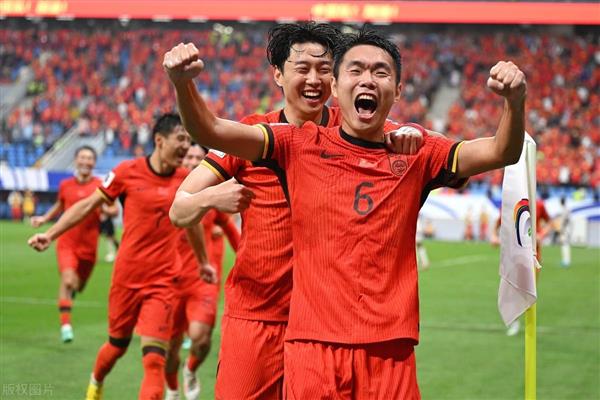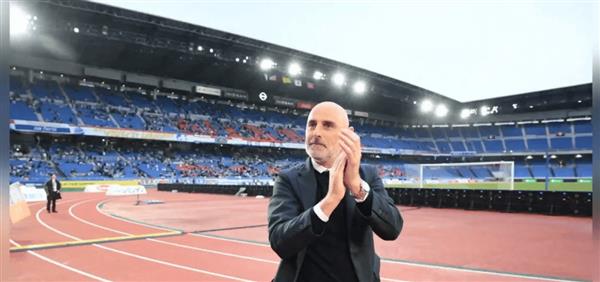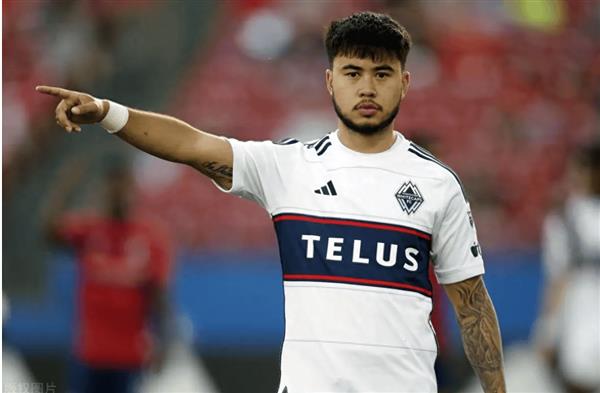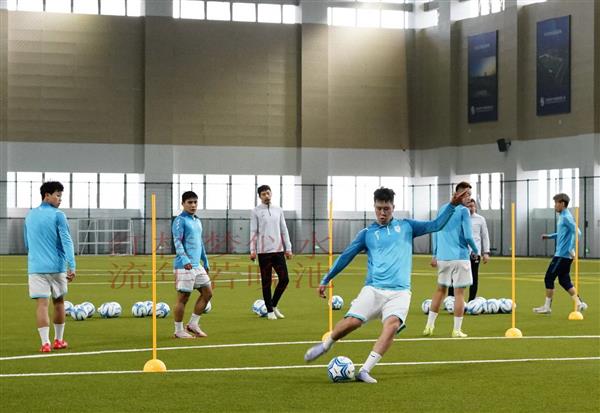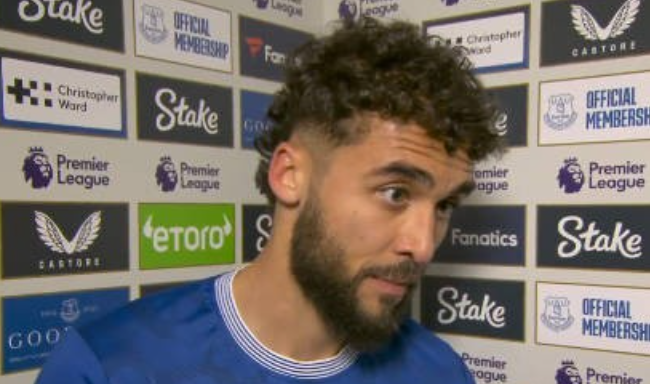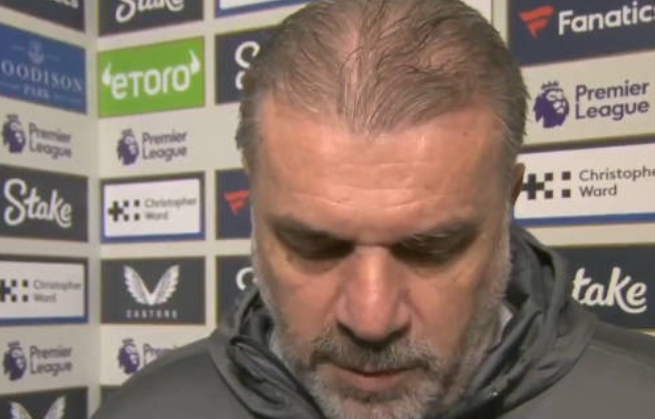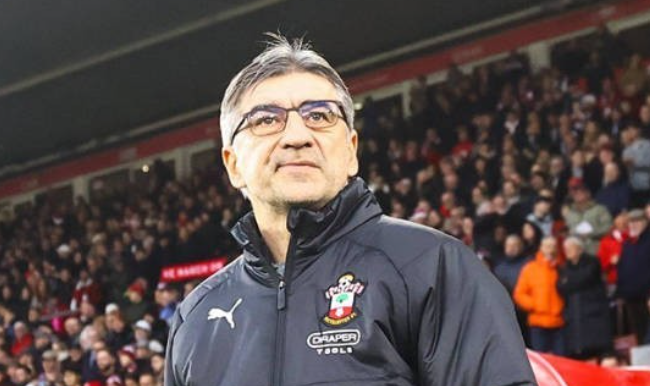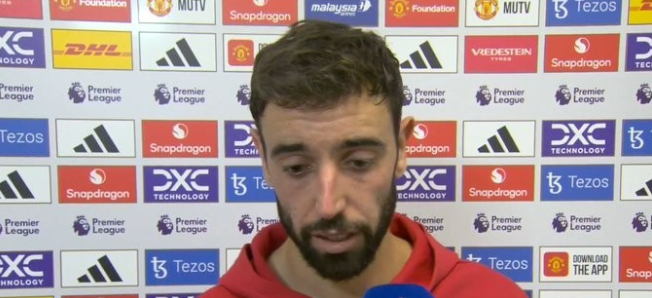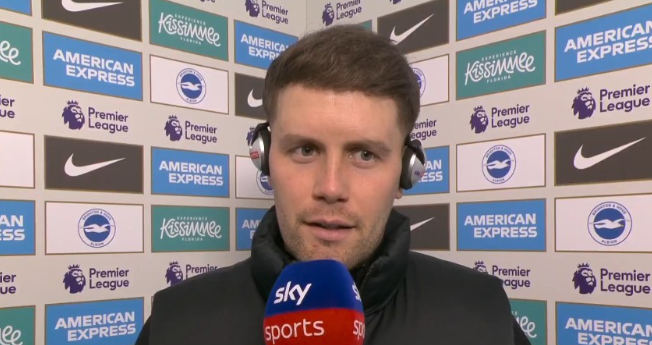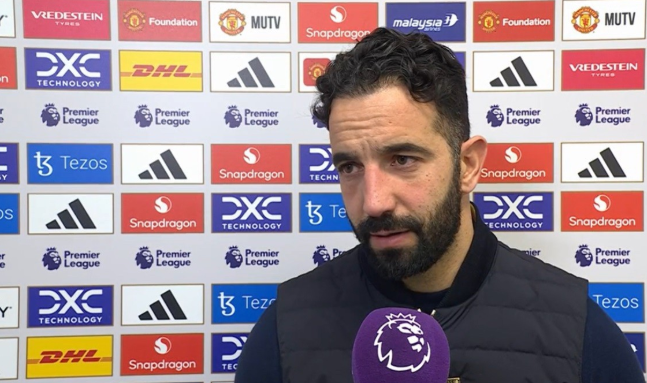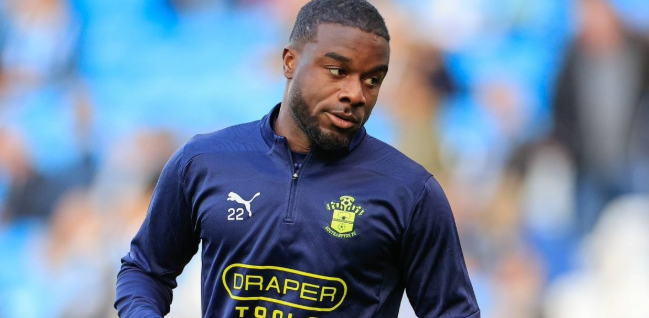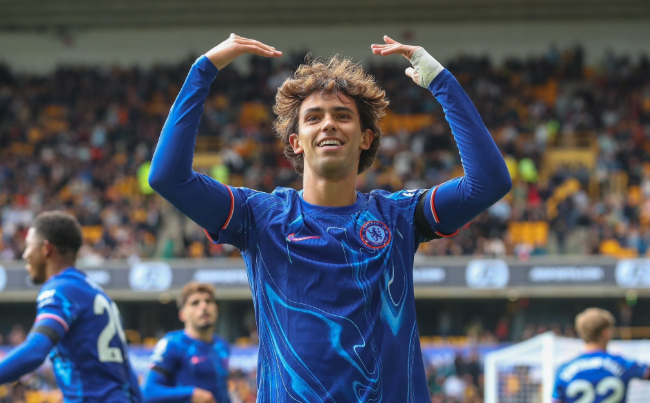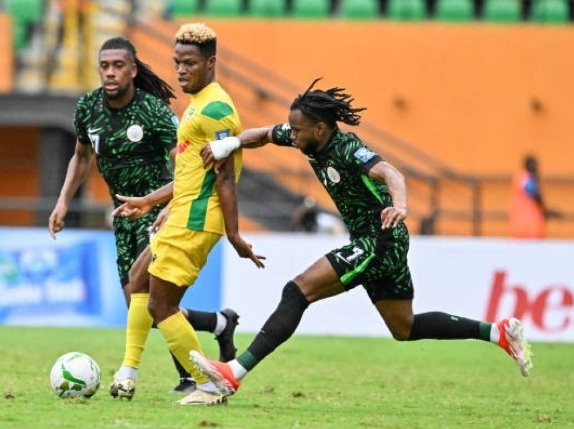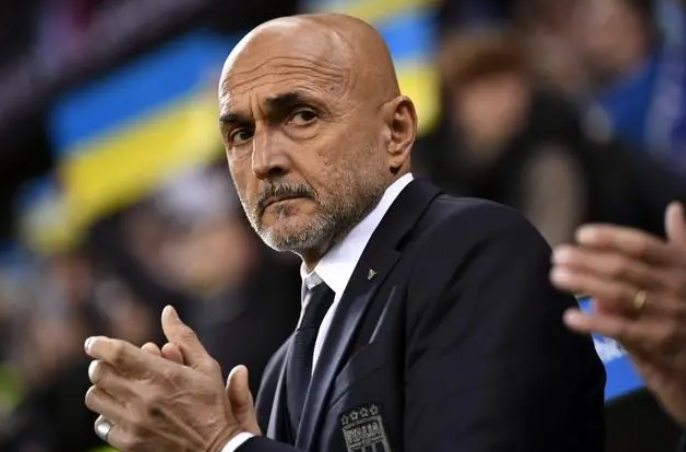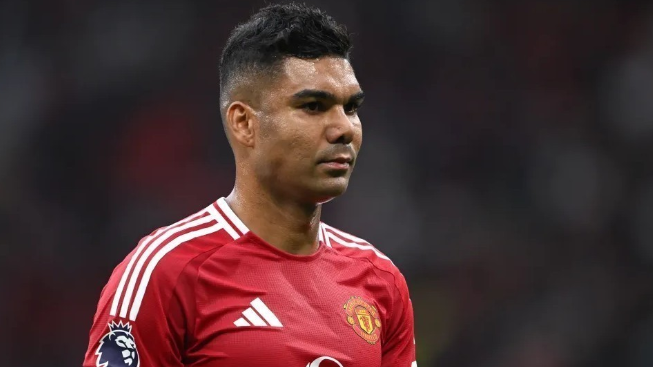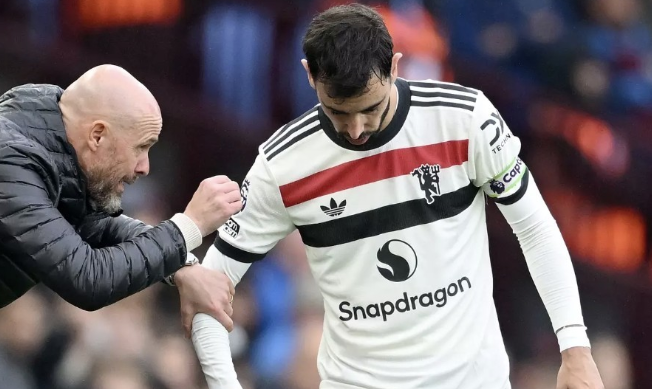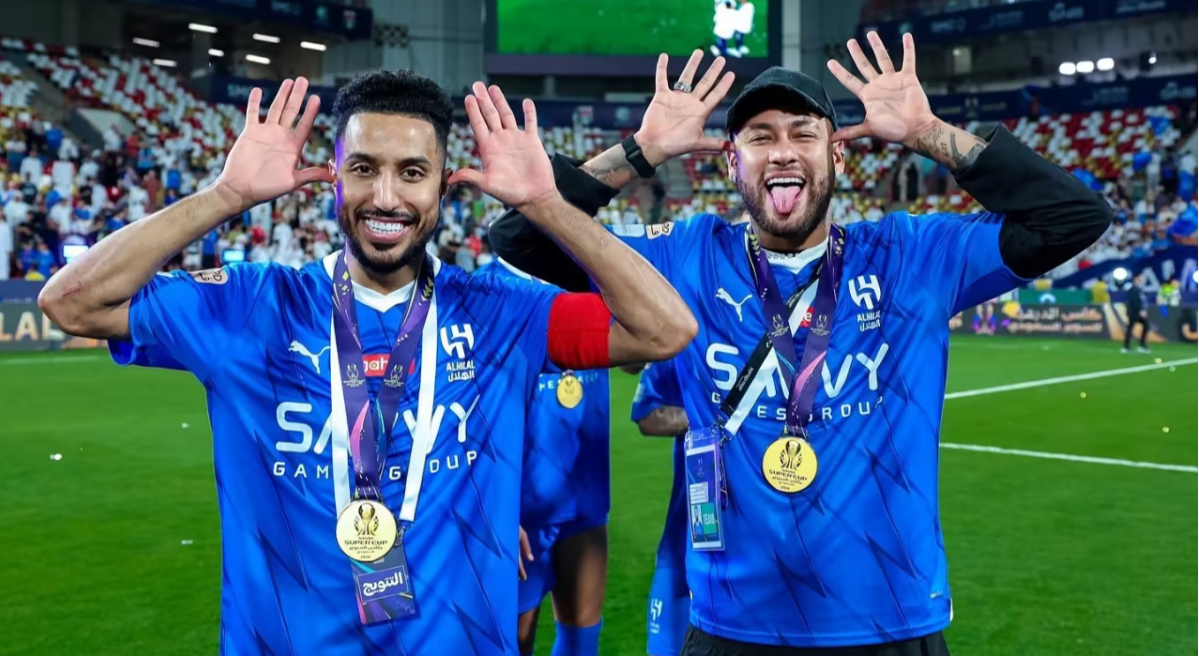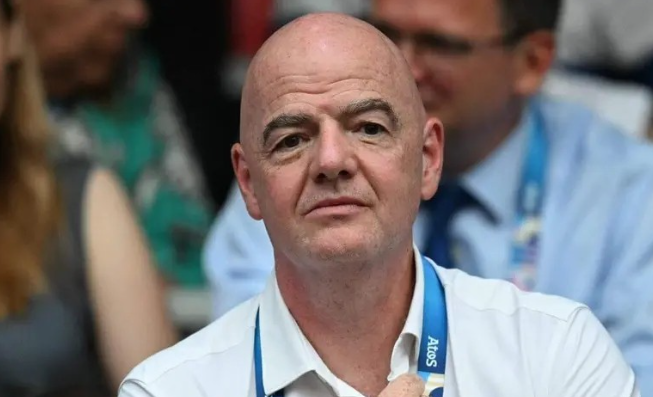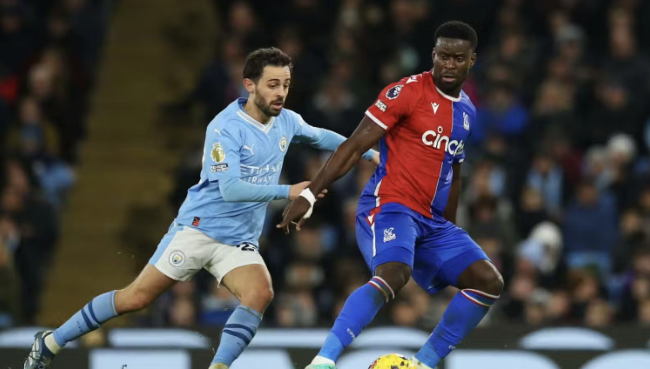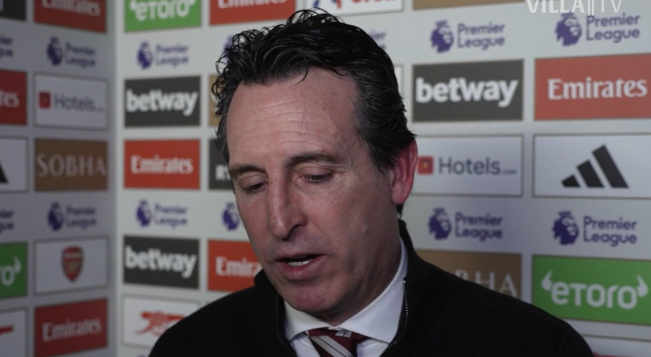
In order to enhance the overall effectiveness of the preparation, the coaching team carefully planned more than 7 internal warm-up matches in this cycle, aiming at accurately assessing the skills and physical condition of each player. It is particularly worth mentioning that in this cycle's U21 National Youth Football Team, nearly half of the squad consists of attacking players, while the other half is made up of midfielders and backfielders.
From the list of players, Tao Qianglong, Liu Zhu Run, Efirdin, Ling Jie and other young players who were active in the league last season have been called up. As long as they can maintain a high level of performance, it is expected to be among the Olympic preparation "elite" lineup. In fact, the coaching staff in the selection of offensive line players do not have too many problems, the real headache for them is the selection of midfield players. It is reported that, compared with the 1999 age group of the previous National Youth Football Team, 2001 age group National Youth Football Team in the middle and backfield, especially the axis of the selection of players significantly narrowed the scope. For example, Jiang Shenglong, Wu Shaocong and Zhu Chenjie of the 1999 age group National Youth Football Team have not only served as stable starters in their respective clubs, but have also been selected for the national team roster. However, the 2001 age group National Youth Team has a relative lack of talent in positions such as back and center back. This is mainly due to the fact that, compared to attackers, center back players are often not guaranteed a chance to play in their respective clubs, and some have never even been given a chance to appear in the league. Although the influence of the "golden dollar bubble" has subsided and foreign aiders have withdrawn from the domestic game in large numbers, most of them are attackers, and even if clubs train local players, it is difficult for young players to serve as starters or substitutes for important positions in the midfield and backfield.
It is important to mention the dilemma of lack of high-level practical training that the 2001 age group national youth team is currently facing. Despite the obvious value of this team's training in the lower and intermediate leagues over the past two seasons, there has been controversy in the soccer community about the participation of national teams in professional leagues. After the national soccer team's loss in the Round of 12, it has become an industry consensus to raise the level of the Chinese Super League and all levels of the league. Therefore, on the issue of maintaining the professional characteristics of the league and ensuring the fairness of the system, some industry insiders have raised objections to the participation of national teams in the league, which is also the reason why the U21 National Youth Football Team has not yet determined whether it will participate in the new season of the corresponding level of the league. If the U21 national youth team cannot get enough opportunities to play, it will be difficult to guarantee the practical ability of the midfielders and backfielders who have no balls to play in their clubs.
The coaching staff of the National Youth Football Team has also expressed concern about the possibility of the team being shut out of the league. After all, due to the impact of the epidemic, it is difficult for the team to arrange international warm-up matches in the short term, except through intensive training behind closed doors. Then once the team is unable to participate in the professional league as in the past two seasons, it can only make up for the lack of practical training by inviting some of the local clubs or youth ladder teams to play teaching matches, but I'm afraid that the value and effect of such training is difficult to guarantee.
It is understood that the vast majority of players of the right age to represent the national football team in the future to attack the Paris Olympics will be produced from the 50 players in the current U21 national youth team. After this training session, the lineup will be further streamlined, and the next training session will only involve more than 30 players. From this perspective, the competition within the team is exceptionally fierce. According to the coaching team's plan, the team will enter an intensive cycle of internal teaching matches starting on February 20th. Each participating player will have an average of three appearances.

